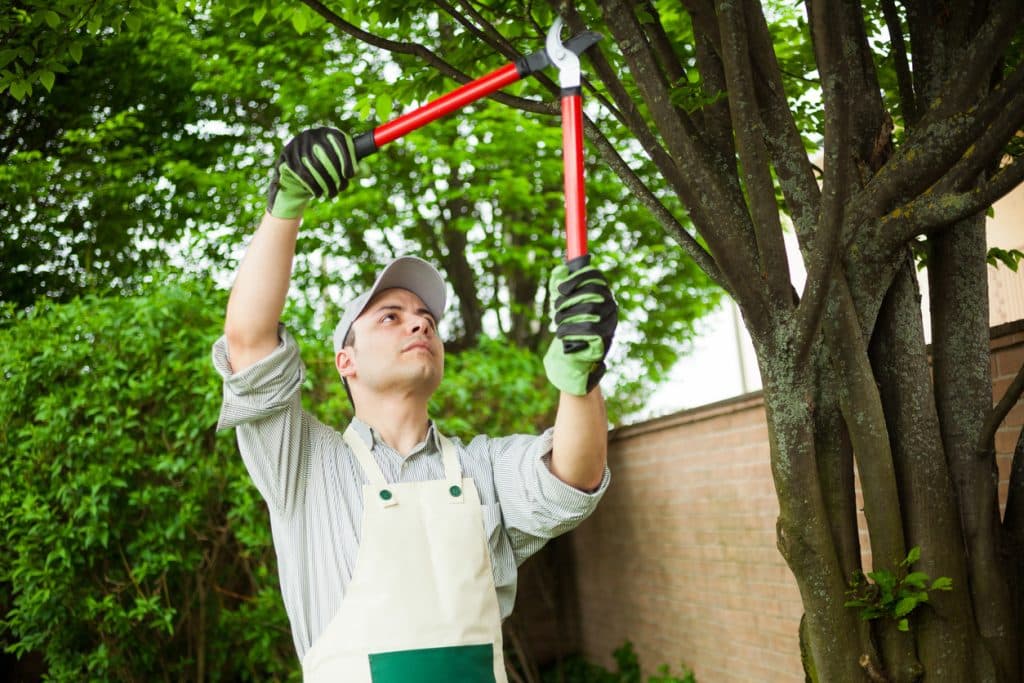Trees are vital to our global ecosystem, providing life-giving oxygen and protecting our land from erosion. But when it comes to extra moisture, trees respond differently depending on the species. Some tree species thrive in wet environments while others struggle. Below are some ways trees respond to excess water.
1. Loss of Leaves
Tree leaves are especially vulnerable to extended periods of high moisture. When too much water accumulates in tree foliage, it can cause the leaves to drop prematurely or turn yellow and brown. This leaf loss can weaken a tree’s health and make it more susceptible to disease and pest infestations.
When preventing leaf loss due to excess moisture, one of the most important steps is to ensure proper drainage around the tree’s root zone. Planting trees in well-drained soil and avoiding over-watering can help keep leaves healthy and strong.
2. Increased Vulnerability to Pests
Moisture can also make trees more vulnerable to pests, as wet conditions provide an ideal environment for insects to breed and thrive. In addition, wet bark and foliage can attract bugs such as aphids, scale insects, and mites that can feed on plant tissues and cause significant damage. To minimize pest infestations in moist environments, tree owners should take proactive measures such as removing dead leaves or branches and applying insecticides when necessary.
3. Root Rot
When soil is too moist for extended periods, tree roots have difficulty absorbing the necessary oxygen and nutrients to survive. This can cause a condition known as root rot, where roots cannot function properly and slowly die off. To avoid root rot, it’s essential to ensure proper drainage around the tree’s root zone and avoid excess water during irrigation. Additionally, applying mulch can help reduce moisture levels in the soil and protect tree roots from over-watering.
4. Tree Stress
Prolonged periods of excess moisture can cause trees to become stressed, decreasing their overall health and vitality. In addition to the other effects mentioned above, stress due to too much moisture can lead to growth problems, branch dieback, uneven leaf development, and more.
To reduce tree stress in moist environments, it’s essential to correctly prune damaged branches and ensure proper drainage around the root zone. Additionally, regular fertilization and deep watering during dry periods can help mitigate some of the adverse effects of over-watering.
5. Soil Compaction
Excess moisture can cause soil to become compacted, making it difficult for tree roots to penetrate and absorb oxygen, nutrients, and water. Compacted soils are also more prone to erosion and flooding, damaging the tree’s root system.
To prevent soil compaction due to excess moisture, it’s essential to use proper irrigation techniques such as drip systems or soaker hoses. Additionally, mulching around the tree’s base can help improve drainage and reduce moisture levels in the soil.
Trees are naturally resilient organisms, but too much moisture can harm their health and well-being. From leaf loss to root rot, trees respond to excess moisture in many ways that can lead to decreased vitality and increased susceptibility to disease and pests. Fortunately, by taking simple steps such as ensuring proper drainage and avoiding over-watering, tree owners can help keep their trees healthy and strong.
Contact The Tree Doctor in Springfield, MO, for tree removal and other tree care services that can help protect your trees from the negative effects of too much moisture. From diagnosis to fertilization and mulching, our arborists can help keep your trees healthy, vibrant, and strong.



